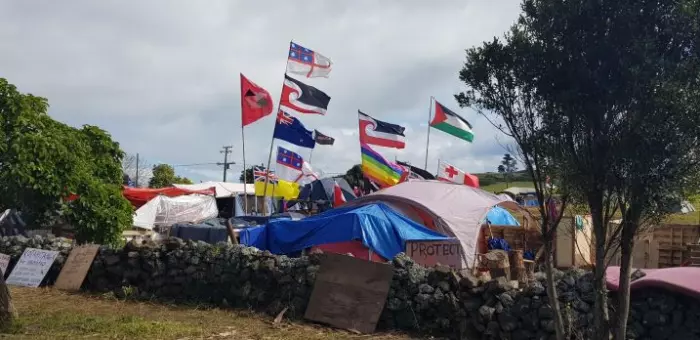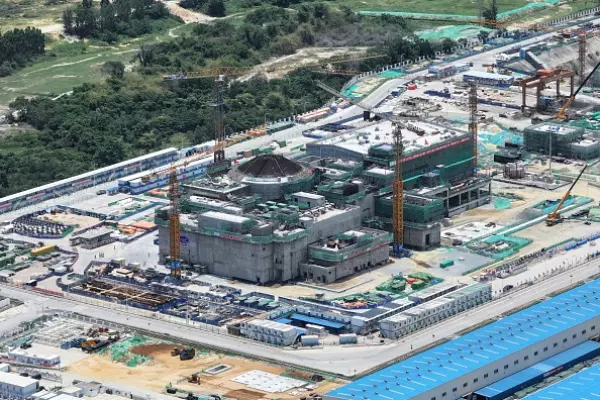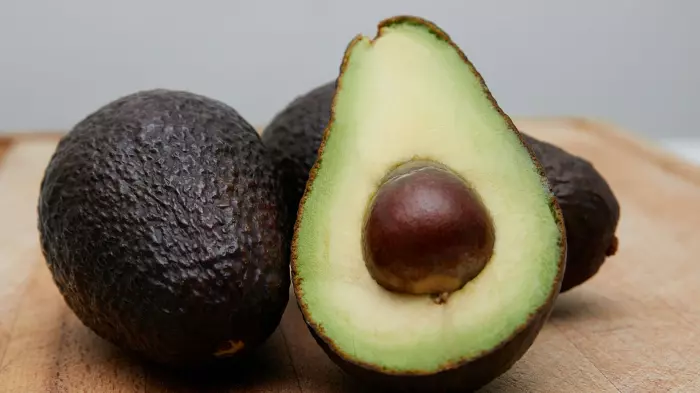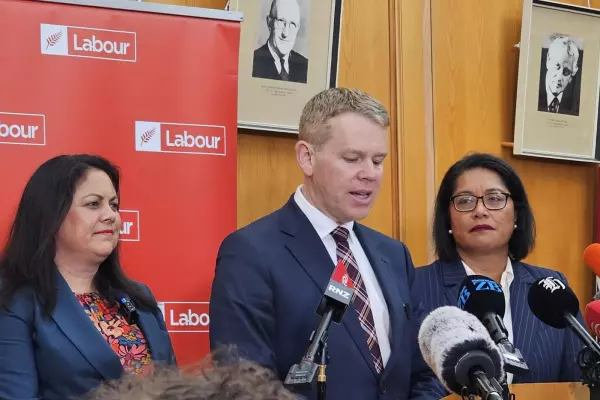Yesterday’s ‘deal’ for the disputed land at Ihumātao is barely a quarter of a deal.
All it does is take Fletcher Building out of the equation.
Having created the stalemate over the historic stonefields’ future in the first place, the least the government could do was to extract the hapless private sector participant. Whatever wrongs occurred in the 19th century or with the creation of Special Housing Areas, Fletcher has done nothing wrong. It even agreed to sell at below market price.
In the world of Māori land disputes, the realpolitik is that today’s property rights holders can expect to be compensated, despite historical injustices dispossessing the original owners.
In this unusual and particular case, the government is part of the way to an outcome.
But that outcome does not ‘return’ the land, no matter what the Save Our Unique Landscape group says. In fact the Memorandum of Understanding explicitly states “the Crown will hold the Whenua for housing purposes”.
There is also a prospect for “heritage and conservation” uses for the land as well.
There is the prospect as well that the Crown may not remain the long-term owner, because the seven-page Memorandum of Understanding signed yesterday creates a five-year interregnum period which “will not limit future discussions and decisions being made implemented in relation to the use and ownership of the land.”
Note: “and ownership”.
Note also: just because ownership remains on the table, there is no implication of ‘giving back’ anywhere in the MoU. It could just as easily be bought by interests other than the Crown, including Auckland City, the Historic Places Trust, or by Māori interests.
Media raced off to Pania Newton from SOUL who claimed the issue would at least now be settled by “whanau”.
Ahi kaa
However, that is not really what the MoU says. It sets up a six-person Roopu Whakahaere, or steering committee, consisting of two Crown representatives, one representative of the Kiingitanga, and three representatives of four Māori groups that have claims to ahi kaa over the land. Ahi kaa status, roughly translated, means whoever has kept the home fires burning at the site.
This will take a bit of sorting out. SOUL’s leadership claims descendance from the original inhabitants of Ihumātao, who were so weakened by the process of colonisation that they lost the ability to stick up for themselves some time in the 19th century.
That has led to tension with Te Kawerau aa Maki iwi, who ended up at Ihumātao more recently because they were dispossessed of land in West Auckland.
This group had also agreed, reluctantly but in good faith, to the Fletcher Building housing development plan because it set aside historic areas and included their desire for some papakainga housing. There are two other potential groups with claims to ahi kaa.
NZ First’s antipathy to SOUL and Newton, and sense of outrage that the deal done by Te Kawerau aa Maki could be overturned by annoying placard-wavers, was a big part of the reason no deal like this could emerge earlier. Now, however, there is no NZ First.
The Kiingitanga becomes essential to sorting out these relationships, which Māori should be left to sort out without external intervention from bureaucrats, politicians, well-meaning pākehā progressives, or heritage enthusiasts.
Nothing settled
For the moment, however, nothing is settled.
It is not the victory for agitators that ACT’s David Seymour claims.
It is not a ‘blank cheque’ for future occupations as described by National’s Michael Woodhouse.
Green Party co-leader Marama Davidson is equally unhelpful, stopping just short of saying the land will be given back, while citing the Crown’s “moral obligation to fund the purchase of this land, given it dispossessed the mana whenua of this land in the first place.”
If the Crown committed to that for every piece of land confiscated, it would be buying most of the country back.
Treaty process
To be clear: Māori signed a treaty in 1840 that guaranteed them tino rangatiratanga and they were promptly fleeced by a colonising ideology that justified theft by treating Māori as second-class citizens.
However, unless a government is brave enough to tear up the whole Treaty of Waitangi settlement process, a full ‘return’ of the land, particularly to the SOUL group, will never happen.
The settlement process is one that both Māori and the Crown have collectively bought into for decades and goes nowhere near true compensation. Overturning it once risks overturning it forever. That is as dangerous as letting Ihumātao turn into another Bastion Point.
Yesterday’s MoU reflects that political reality.
So, for as long as the Crown remains the owner of the land at Ihumātao, there is no breach of the principles of the settlement process, on whose ongoing, imperfect success so much rests politically, economically and socially for New Zealand.
Rather, the deal stitched together yesterday is part of a new, emerging tradition of creative solutions to intractable problems, marked by the incredible forbearance of Māori to inter-generational injustice in the interests of the shared future that the Treaty originally envisaged.













